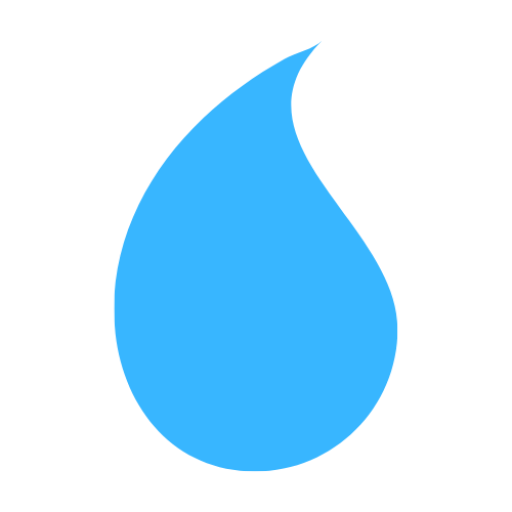The Bottle Shape
A cylindrical bottle is generally more convenient in a PET bottling line because its uniform shape ensures smooth and consistent handling throughout the entire production process. The symmetry of the cylinder allows bottles to move efficiently along conveyors, minimizing the risk of jams, misalignment, or tipping during high-speed operations. Cylindrical bottles are also easier for automated equipment—such as fillers, cappers, and labelers—to grip, orient, and process with precision. In addition, their standardized shape optimizes space utilization in packaging, storage, and transport, reducing overall logistics costs. This combination of mechanical efficiency, reliability, and practicality makes cylindrical bottles the preferred choice for PET bottling lines.
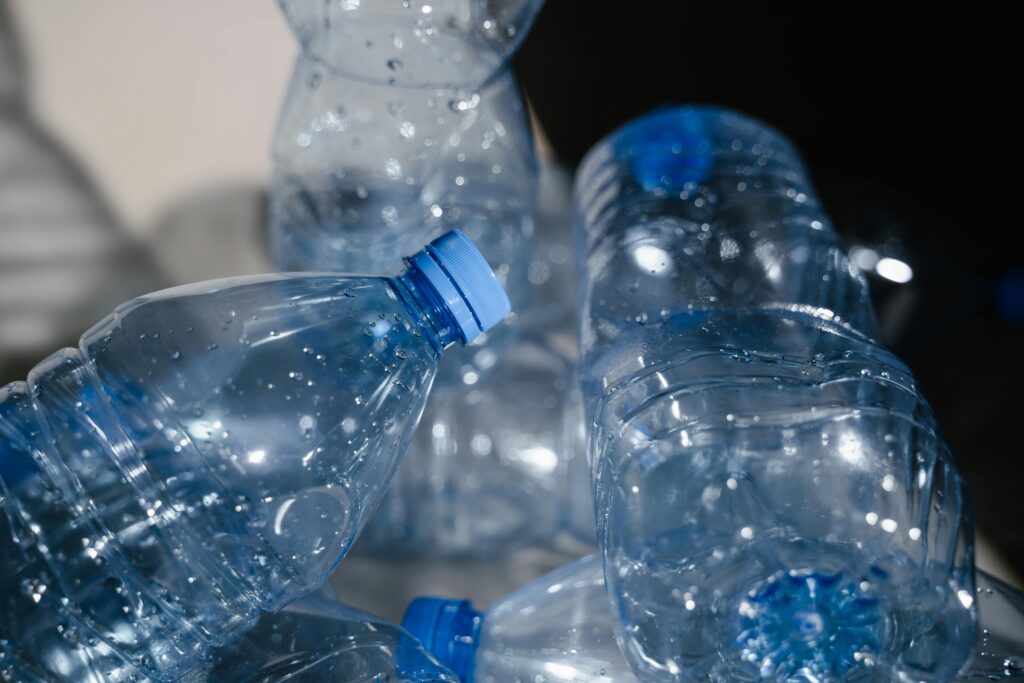
When to invest in a Blow Moulder?
Investing in a blow moulder becomes worthwhile when production volumes are high enough to justify in-house bottle manufacturing, typically for companies seeking greater control over their packaging supply chain. It is especially beneficial when consistent demand requires a steady and reliable supply of PET bottles, reducing dependency on external suppliers and lowering long-term costs. A blow moulder also provides flexibility to customize bottle designs, respond quickly to market changes, and streamline operations by integrating preform blowing with filling and packaging. For businesses expanding production capacity, aiming for cost efficiency at scale, or wanting tighter quality control, the investment in a blow moulder can significantly enhance competitiveness and operational efficiency.
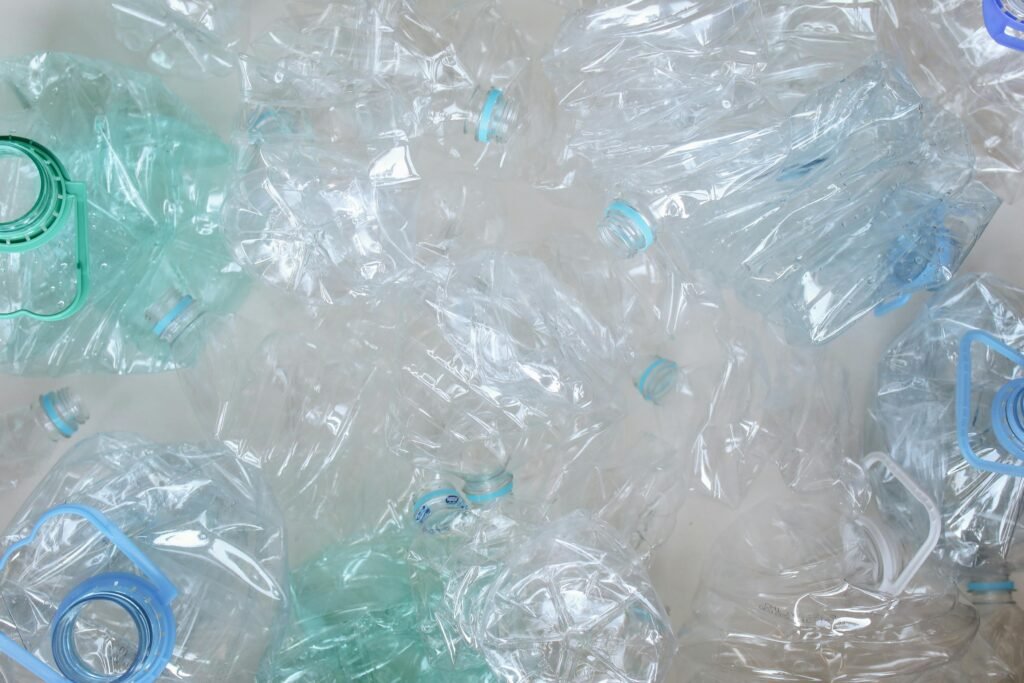
Which Filling Technology?
Choosing the right filling technology depends on the type of product being bottled, the desired production speed, and the required level of precision. For still water or other low-viscosity, non-carbonated beverages, gravity filling is often the most efficient and cost-effective choice due to its simplicity and reliability. Carbonated drinks, on the other hand, require counter-pressure filling to preserve carbonation and product quality. For thicker liquids, hot-fill or volumetric filling technologies are better suited to ensure accuracy and safety. In addition, aseptic filling may be necessary for sensitive products with extended shelf-life requirements. Ultimately, the decision should balance product characteristics, hygiene standards, and production goals to ensure efficiency, product integrity, and cost-effectiveness.
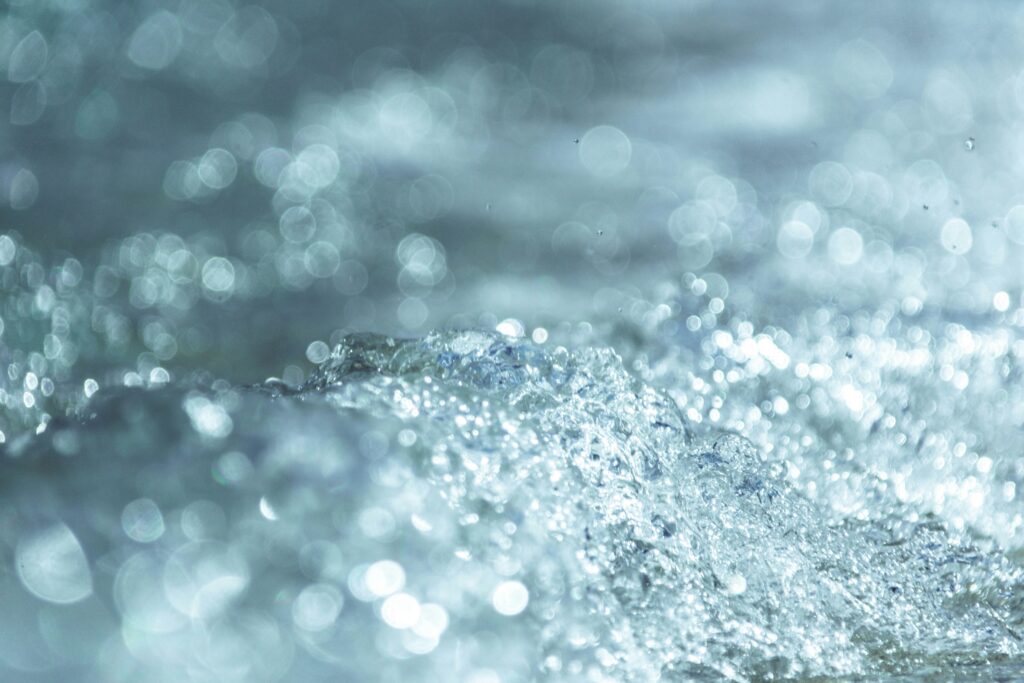
What about Labels?
The choice of label largely depends on the brand’s image, product type, and production conditions. Pressure-sensitive labels are versatile and easy to apply, offering high-quality graphics and a premium appearance suitable for a wide range of beverages. Wrap-around labels are a cost-effective option for high-volume products like water or soft drinks, covering most of the bottle surface with minimal material usage. Shrink-sleeve labels provide 360-degree coverage and vibrant graphics, making them ideal for brands that want strong shelf impact or need tamper-evidence. In contrast, in-mold labels are best when durability and scratch resistance are priorities, as the label becomes part of the bottle itself. Selecting the right label should balance aesthetics, cost, functionality, and marketing objectives to best support the product’s positioning in the market.
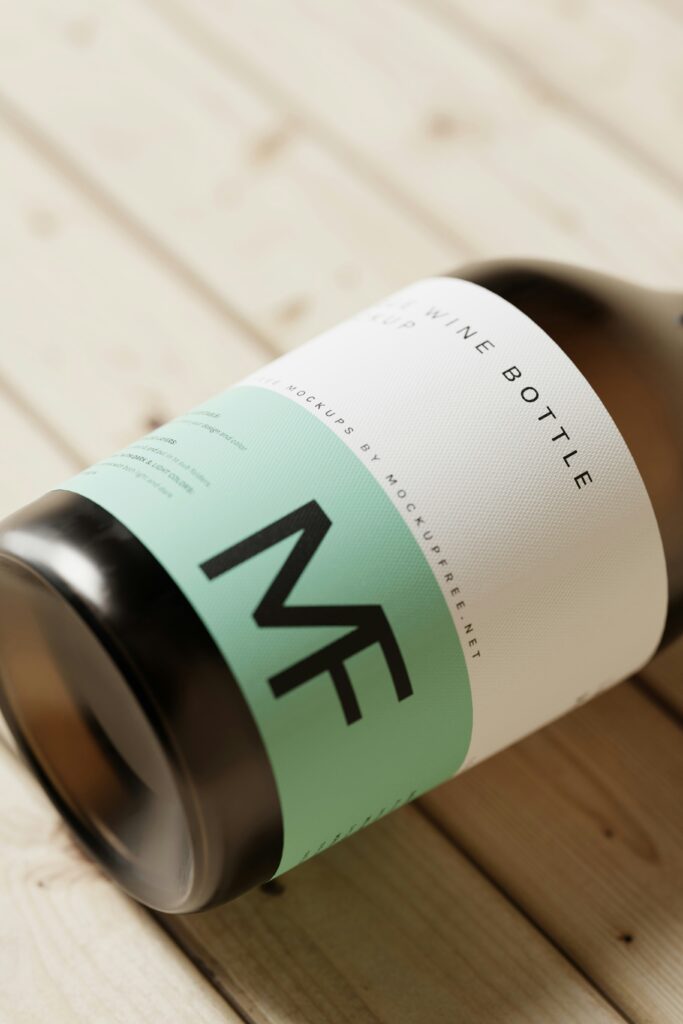
Time to Package
The type of secondary packaging—whether film, tray, or carton—should be chosen based on product positioning, logistics requirements, and retail presentation. Shrink film is the most economical and widely used option for high-volume beverages, offering lightweight protection and easy handling, though it provides limited branding space. Trays with film wrapping add more stability, making them suitable for heavier or larger bottle formats while still keeping costs manageable. Full cartons deliver the highest level of protection and are often preferred for premium products, long-distance shipping, or when strong brand visibility on the outer packaging is important. The choice should strike the right balance between cost, durability, sustainability goals, and marketing needs, ensuring bottles remain secure while appealing to distributors and consumers alike.

Loading on Pallet
The decision between automatic and manual palletization depends on production scale, labor availability, and long-term efficiency goals. Manual palletization is suitable for small operations with lower output, where flexibility and low upfront investment are priorities. It allows workers to adapt easily to different product formats without the need for complex equipment. However, as production volumes increase, manual handling can become labor-intensive, inconsistent, and prone to safety risks. Automatic palletization is recommended when high throughput, precision, and consistency are required, especially in large-scale bottling lines where speed and efficiency directly impact costs. While it requires a higher initial investment, automation reduces labor dependency, minimizes errors, and improves workplace safety, making it the better choice for companies aiming for scalable, long-term growth.
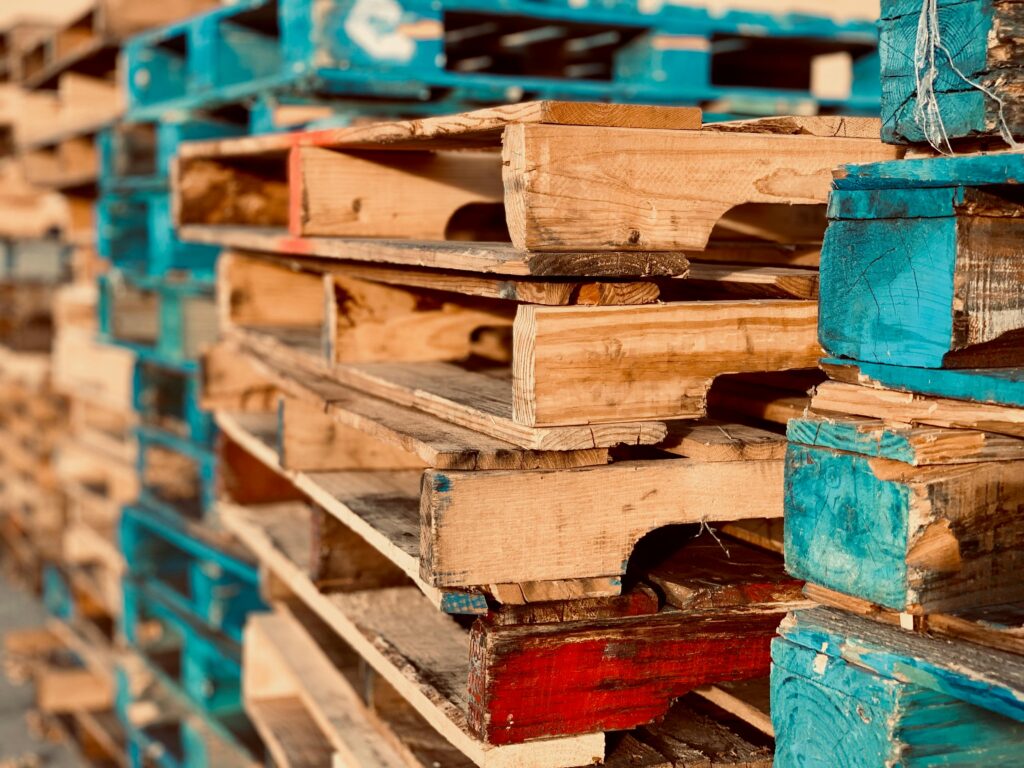
And the Conveyors?
The level of investment in conveyors should align with the overall production capacity, line speed, and desired efficiency of the bottling operation. Since conveyors serve as the backbone of the entire line, ensuring a smooth and uninterrupted flow of bottles, cutting costs in this area can quickly lead to bottlenecks, downtime, and higher maintenance expenses. For smaller operations, a basic yet reliable conveyor system may be sufficient, but as volumes increase, investing in higher-quality, modular, and easily adaptable conveyors becomes critical. Features such as accumulation tables, variable speed control, and hygienic design can significantly improve productivity and flexibility. In short, the investment in conveyors should be seen not as an isolated expense, but as a strategic choice that safeguards the performance of every other machine in the line.
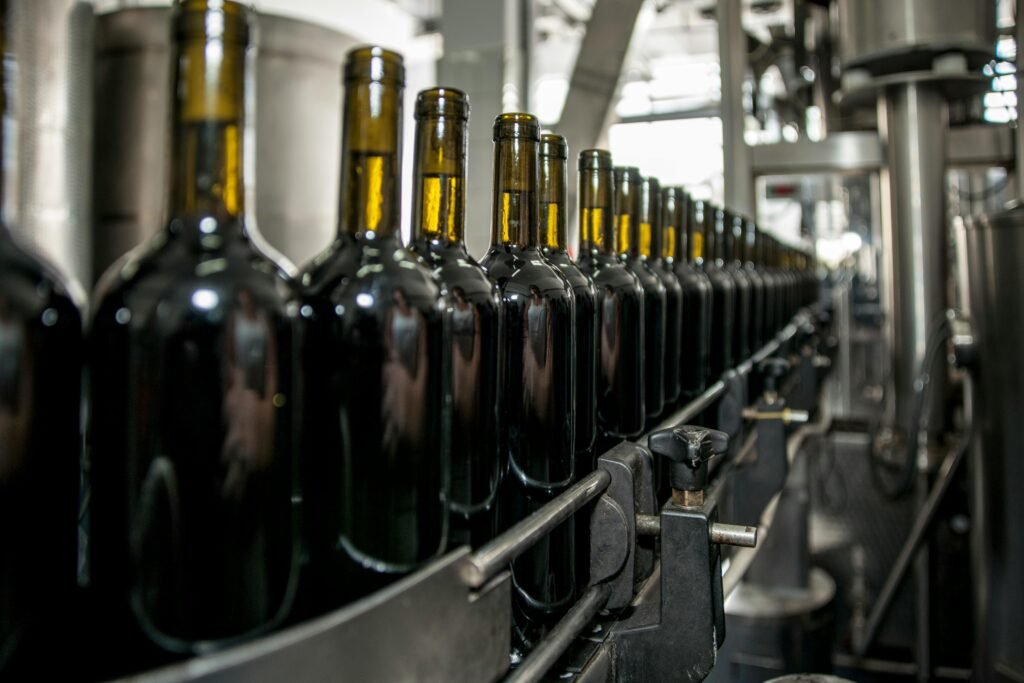
Conclusion
In summary, setting up a PET bottling line requires carefully balancing cost, efficiency, and flexibility at every stage—from bottle design and blowing to filling, labeling, packaging, and palletizing. Each decision, whether about investing in equipment or choosing materials, directly impacts production flow, product quality, and long-term competitiveness. By aligning these choices with production scale, market positioning, and growth objectives, a bottling operation can achieve both operational efficiency and strong brand presence in the marketplace.

